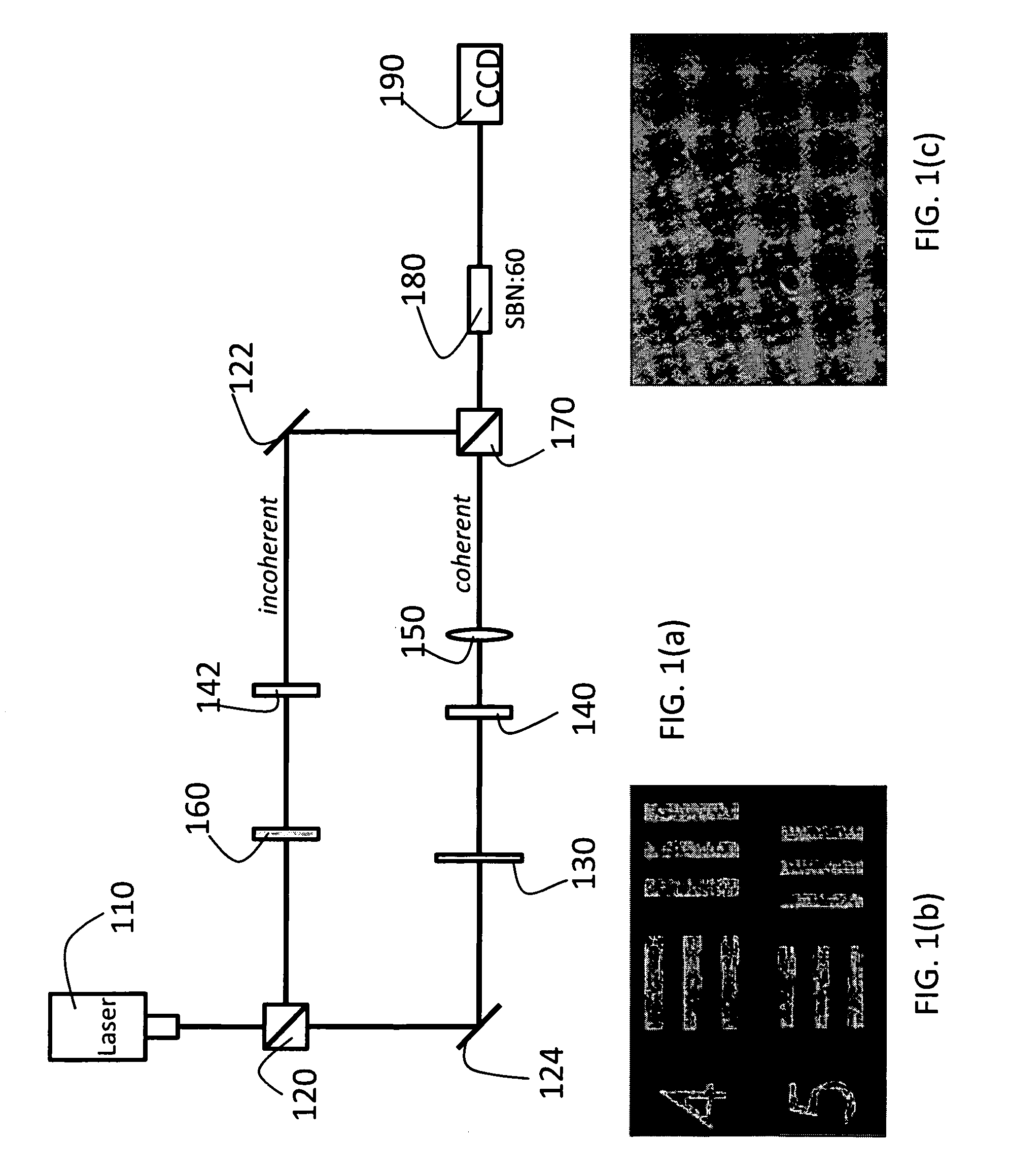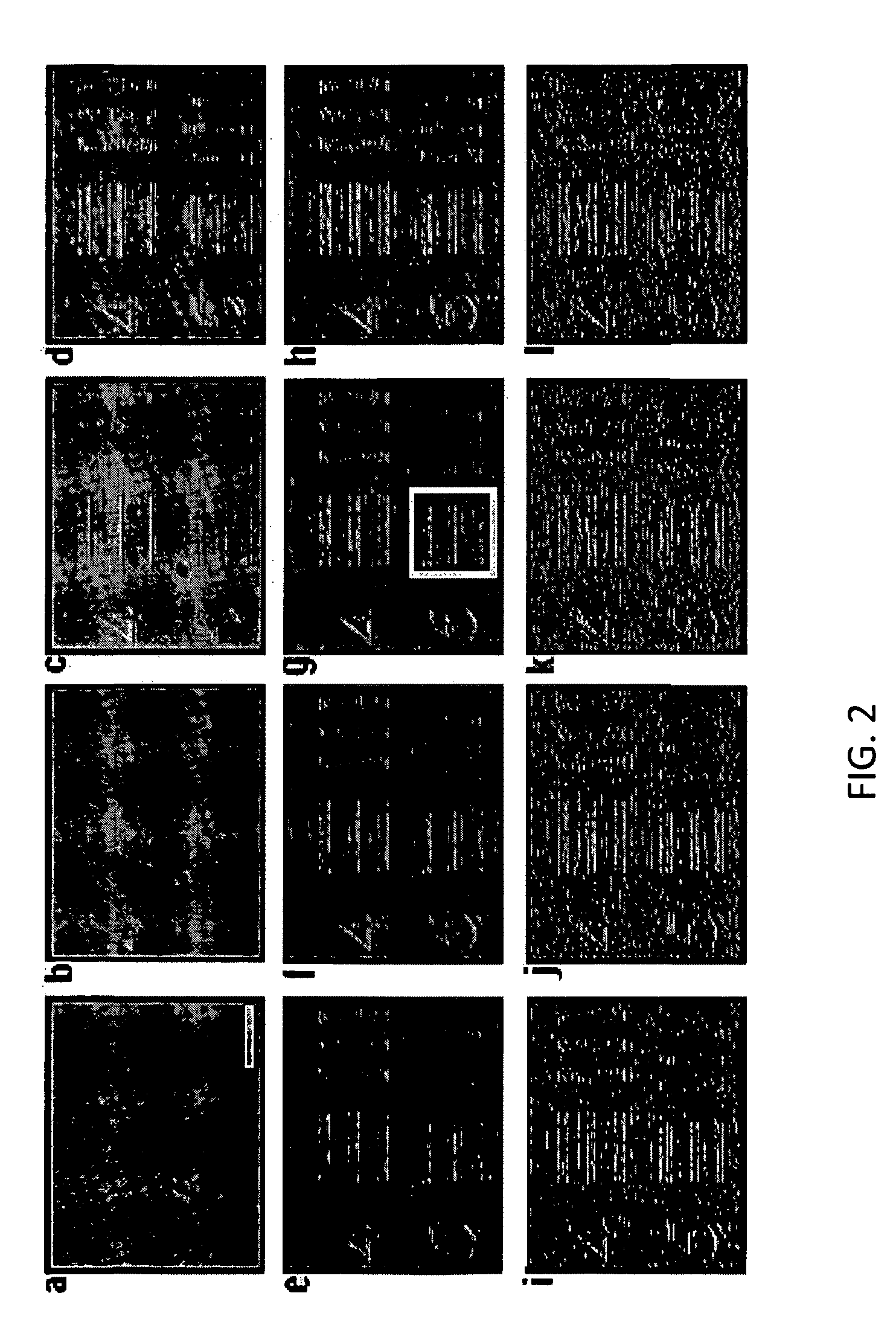System and method for nonlinear self-filtering via dynamical stochastic resonance
a dynamic stochastic resonance and nonlinear self-filtering technology, applied in the field of system and method for filtering and enhancing signals, can solve problems such as degrading the quality of holograms, and achieve the effects of reducing the advantage of propagation distance, and improving the quality of holograms
- Summary
- Abstract
- Description
- Claims
- Application Information
AI Technical Summary
Benefits of technology
Problems solved by technology
Method used
Image
Examples
Embodiment Construction
[0025]The present invention filters and enhances signals from a noise background based on the nonlinear interaction between waves. The invention can be used to amplify low-level signals, hide information in the signals, and then nonlinearly recover the signals. This can be performed for both spatial beams and temporal pulses. The signal self-filters and self-amplifies at the expense of the surrounding noise via the nonlinear medium. This is a form of coherence gating / squeezing and differs from other techniques in its self-action and improvement over propagation distances. With the present invention, the signal grows at the expense of the noise, and the process becomes more effective the longer the propagation distance. Depending on the medium, the method can be instantaneous and requires simpler algorithms to execute.
[0026]In a preferred embodiment, a method in accordance with the present invention comprises the steps of coupling a signal of interest and noise together and then tuni...
PUM
 Login to View More
Login to View More Abstract
Description
Claims
Application Information
 Login to View More
Login to View More - R&D
- Intellectual Property
- Life Sciences
- Materials
- Tech Scout
- Unparalleled Data Quality
- Higher Quality Content
- 60% Fewer Hallucinations
Browse by: Latest US Patents, China's latest patents, Technical Efficacy Thesaurus, Application Domain, Technology Topic, Popular Technical Reports.
© 2025 PatSnap. All rights reserved.Legal|Privacy policy|Modern Slavery Act Transparency Statement|Sitemap|About US| Contact US: help@patsnap.com



